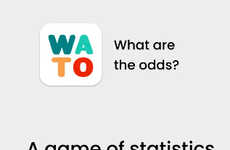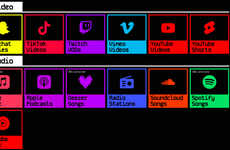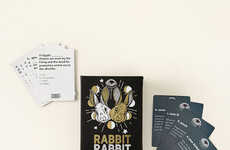
'What are the Chances?' Infographic Illustrates Odds of Unlikely Events
Katie Cordrey — December 13, 2010 — Marketing
References: onlineblackjack & stumbleupon
The 'What are the Chances?' infographic from OnlineBlackjack.com will help you visualize, among other things, just how likely you are to win the lottery or get struck by lightning. It turns out that you’re more likely to be killed by a mountain lion than you are to win $1,000 in the McDonald's Monopoly Game.
I have relatives who take a train rather than flying to avoid an accident, but according to the 'What are the Chances?' infographic, the odds are nearly 30 times more likely that they’ll find a pearl in an oyster. Maybe they should increase their dietary intake of oysters.
I have relatives who take a train rather than flying to avoid an accident, but according to the 'What are the Chances?' infographic, the odds are nearly 30 times more likely that they’ll find a pearl in an oyster. Maybe they should increase their dietary intake of oysters.
Trend Themes
1. Visualizing Probabilities - Opportunity to develop innovative infographics or data visualization tools that help people understand the odds of unlikely events.
2. Comparing Unlikely Events - Creating platforms or interactive experiences that compare the probabilities of different unlikely events, such as winning the lottery versus getting struck by lightning.
3. Challenging Perceptions - Opportunity to challenge common misconceptions about probabilities by presenting surprising or unexpected comparisons between different unlikely events.
Industry Implications
1. Data Visualization - Innovative tools and platforms for visualizing probabilities and making complex data more accessible to a wider audience.
2. Entertainment and Gaming - Creating interactive experiences that engage users by presenting statistics, probabilities, and comparisons in a gamified or entertaining way.
3. Education and Training - Developing educational resources, programs, or apps that teach people about probabilities and help them understand how unlikely events compare to each other.
2.4
Score
Popularity
Activity
Freshness























